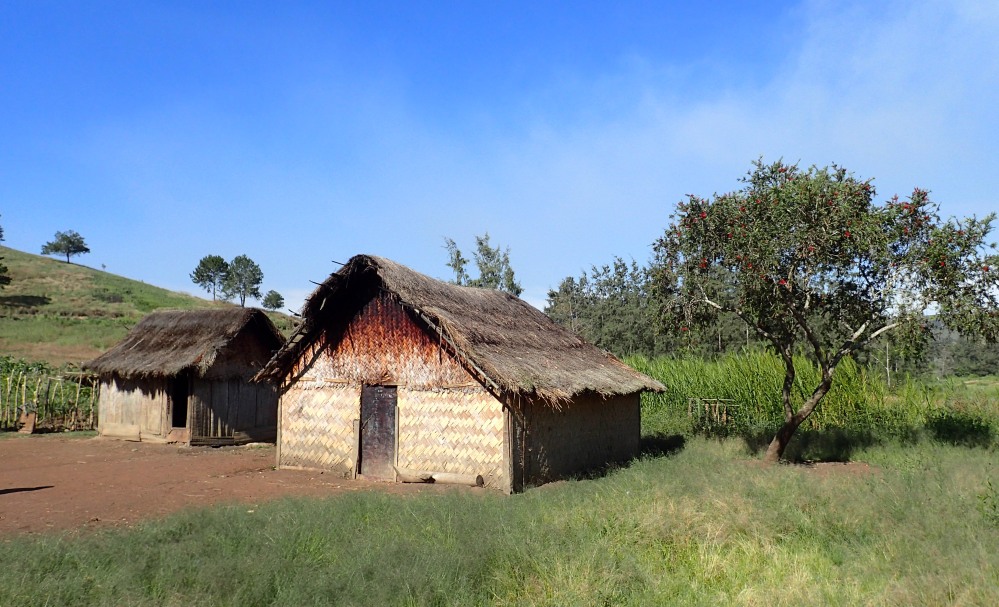Humble Pie
As our business has grown over the past five years we’ve each taken on different roles and reponsibilities. Among many other plates I spin in the business, I have assumed the role of green bean buyer. This entails developing relationships with various coffee brokers, developing an understanding of the seasonality of coffee and trying to predict sales so we have a continuous supply of delicious coffee on offer. Increasingly, to ensure we have access to the best coffees, we have to work months ahead. In the next couple of weeks we will be changing the components of our espresso blend, and this particular version should last us around three months. Even before we start roasting this particular blend, I am on the look our for coffees to work with from May onwards.
We purchase coffee from many countries depending on the time of year. Currently we’re working with coffees from countries such as Colombia and Rwanda , and we have our eyes on Tanzania in the coming weeks. The bulk of our coffees come from Africa, South America and Central America. We have a particular roast style and as we have to taste all the coffees we produce, we tend to only work with coffees we enjoy. As such there are some countries and regions we generally do not work with, Indonesia being one of them. Of the coffees I’ve sampled from this region none have really impressed me enough to warrant buying them. I remember a discussion with a fellow roaster a couple of years ago with regards to the poor transport infrastructure in this region. When combined with the climate, it was often difficult to maintain the quality of the coffee during transportation. As such I suppose I have developed a form of ‘coffee block’ with regards to Indonesia and I am likely to bypass them altogether when looking for new beans.
I have obviously communicated this bias to a number of people, particularly Stephen, who is our contact at Mercanta, our main coffee broker. For some time now Stephen has been tempting me to try some coffees from Papua New Guinea, with each attempt ending in failure. However, back in November he was given the perfect opportunity to challenge my prejudices. It just so happened that he was organising a coffee cupping session at the Manchester Coffee Festival. We happened to be there at the time and I agreed to blind taste the coffees, of which there were about sixteen, to ensure I wasn’t influenced by the aforementioned bias. I did a couple of sweeps of the table before deciding on my favourites, and potential purchases for the future. To Stephen’s amusement my top coffee was Virgin Mountain, a coffee from a Papua New Guinea!

A couple of months later we received our first delivery of Virgin Mountain and I have to say it has lived up to expectations. I’ve pretty much been drinking it all this week as a filter coffee. It has all the things I enjoy in a coffee: acidity, sweetness and fruitiness. The coffee is grown by smallholder farmers in the Nori Kori Valley, with the size of each farm being around 1 to 2 hectares. As this region is very remote, the farmers rely on ‘collectors’ – businessmen who travel from village to village buying coffee cherries (or in the case of Virgin Mountain, coffee 1). Ben Akike, the ‘collector’ in this instance, is now working with local smallholders to improve the quality in Nori Kori. He is much more than a middleman – he plays a vital role in transporting the coffee from the small producers to the dry mill and is also an important link in the quality control chain. They will not pay good prices for poorly prepared parchment.

If you’re a fan of traditional Indonesian coffees be prepared for something a little bit different with Virgin Mountain. It is now available to buy on our website and if you try a bag please feel free to let me know what you think in the comments below.
